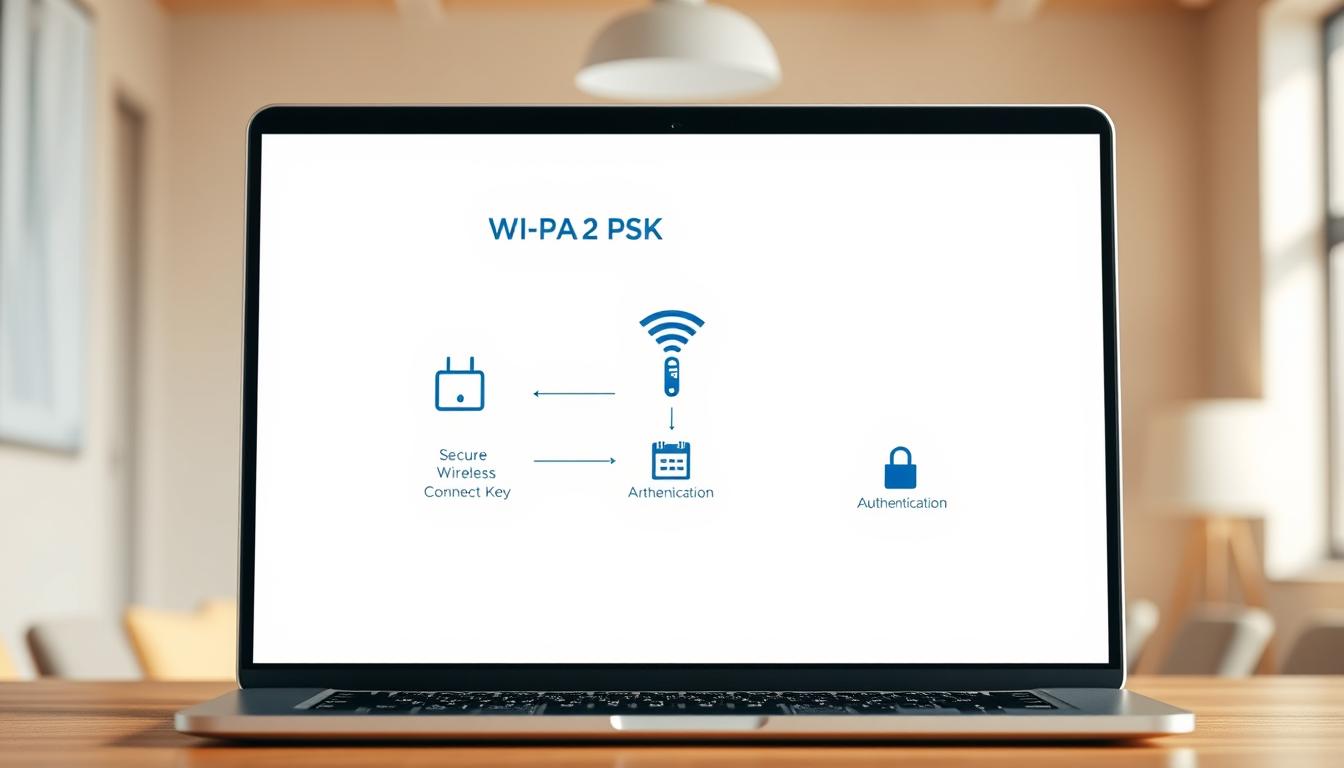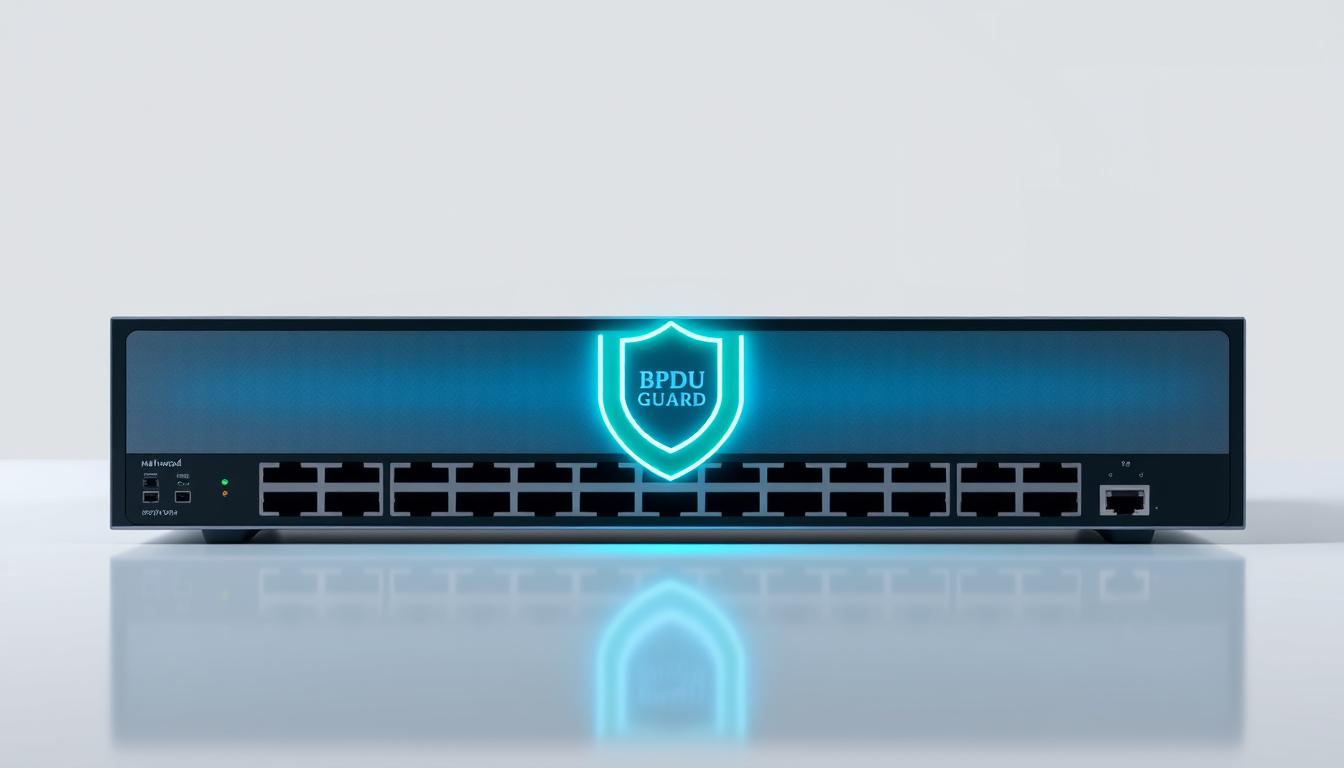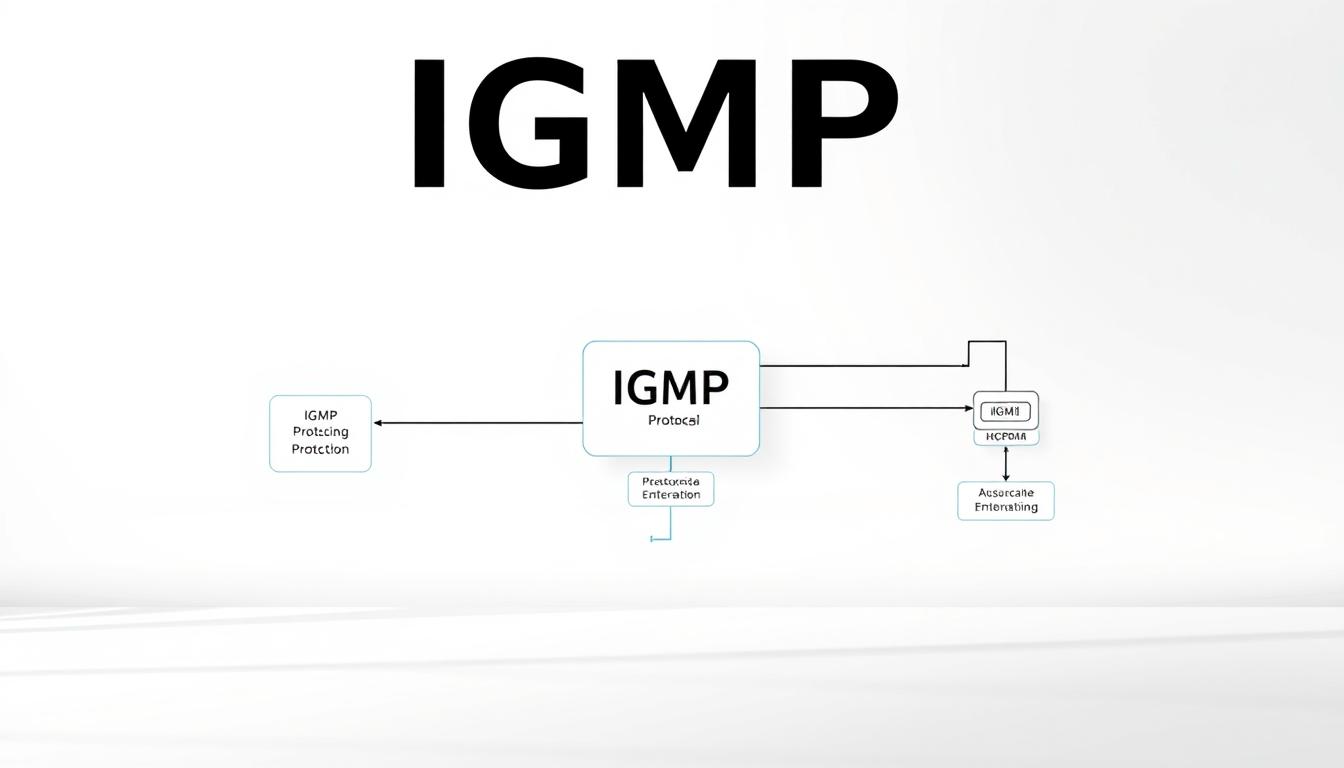Networking
Unlocking Network Secrets with Ipconfig Commands
Experts say that nearly 60% of home network glitches come from IP address conflicts. This can cause unexpected downtime. It shows how important proper IP settings are for our daily connections. Ipconfig is more than just a display tool. It reveals hidden details like gateway addresses. It also shows how to use advanced networking commands…
Read MoreUnderstanding WPA2 PSK: Secure Wi-Fi Explained
Did you know that nearly 80% of home wireless networks use WPA2-based encryption? This shows how important secure Wi-Fi is for our daily lives. In this guide, we dive into what wpa2 psk meaning is. It’s a method that uses a single shared passphrase to keep your data safe. We aim to explain why it’s…
Read MoreOptimize Your Business with Server Management
Did you know over 60% of IT outages are due to ignored server tasks? It’s clear that keeping your infrastructure stable and ready for growth is key. Server management is more than just software updates. It helps avoid downtime and keeps data safe. But the main idea is the same: a proactive way to manage servers…
Read MoreUninstall WSL Quickly – Step-by-Step Guide
Did you know millions of Windows setups use the Windows Subsystem for Linux? It’s helpful at first, but some users only need it briefly. They look for how to uninstall WSL when their projects end. Removing WSL involves using wsl –unregister commands. This process frees up space and resolves software clutter. You’ll learn how to…
Read MoreUnderstanding Infoblox: Network Control & Security
Did you know DNS problems cause nearly 80% of network outages? This shows how important it is to protect and manage these services well. Infoblox solutions boost network performance and security in many areas, like retail and healthcare. Companies like Bed Bath & Beyond (BB&B) and Providence Health use them to cut down errors and…
Read MoreProtect Your Network: BPDU Guard Essentials
About 60% of network outages come from edge device errors. This shows how important it is to protect your access ports from unexpected Bridge Protocol Data Units. That’s where bpdu guard comes in. When it comes to bpdu guard cisco, many wonder what it is. It’s a feature that stops threats by shutting down ports…
Read MoreUnderstanding IGMP Protocol Essentials
Did you know some video streaming services send out billions of packets daily? This huge number shows how important a smart way to distribute data is. The IGMP protocol makes sure each host only gets what it needs. This method cuts down on network strain and makes communication smoother. The IGMP overview explains how routers,…
Read MoreEmbrace Efficiency with Network Automation
Cisco says companies waste thousands of hours on manual network tasks. This slows them down and leads to mistakes. IT teams are turning to network automation for a better way. Using automation tools, companies make routine tasks easier and improve security. IT pros have more time for important projects. Networks become more flexible, safe, and…
Read MoreBest Network Automation Tools for IT Pros.
Over 40% of IT pros spend hours daily on manual network tasks, a recent study found. This problem drives the need for network automation tools. They help teams work better and avoid mistakes. These tools take care of repetitive tasks, making things more reliable. They show how network automation changes the game in IT today.…
Read MoreUnderstanding What Is a CMDB Explained Simply
Did you know over half of major IT incidents happen because teams lack a clear view of their hardware and software? This surprising number shows how vital it is to have a complete picture of your technology. A Configuration Management Database, or CMDB, is key here. It is a central spot for every asset. This…
Read More









